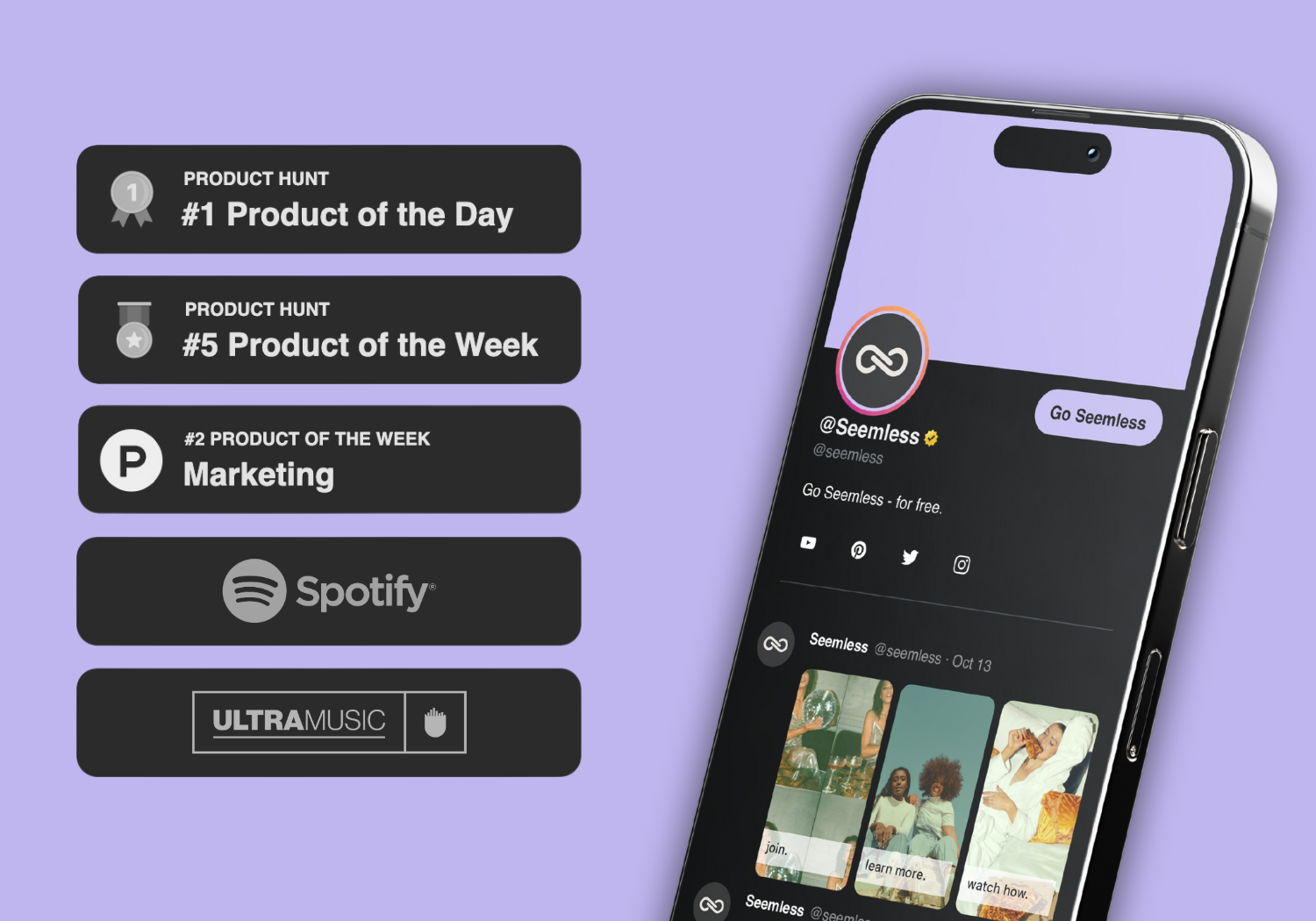In the digital era, maintaining a robust online presence is essential for both individuals and businesses. Two platforms that have gained prominence in recent years for their ability to help users manage their digital footprint are Linktree and LinkedIn. Linktree is a tool that enables users to create a single URL that houses multiple links to their various social media profiles, websites, and other online content.
This functionality is particularly beneficial for individuals seeking to promote their personal brand or efficiently manage their social media presence. LinkedIn, conversely, is a professional networking platform widely utilized for job searching, establishing professional connections, and showcasing career experience and skills. Both platforms offer distinct features and advantages, and mastering their effective use can significantly enhance one’s online visibility and networking capabilities.
Key Takeaways
- Linktree is a tool that allows users to create a single link to house multiple links, making it easier to share various content on platforms like Instagram.
- LinkedIn is a professional networking platform that can be used for personal branding, job searching, and connecting with industry professionals.
- Linktree is useful for personal branding and social media management, allowing users to showcase their various online content in one place.
- LinkedIn is beneficial for professional networking and job searching, providing a platform for users to build their professional profiles and access job listings.
- Linktree offers customizable links and analytics, allowing users to track the performance of their shared content and customize their link appearance.
- LinkedIn provides features for profile building and job listings, helping users to create a strong professional presence and access job opportunities.
- The Link in Bio tool simplifies the process of sharing multiple links on social media, benefiting users by making it easier for their followers to access various content.
- When choosing between Linktree and LinkedIn, consider your needs for personal branding, social media management, professional networking, and job searching to determine the right platform for you.
Use Cases for Linktree: Personal Branding and Social Media Management
Streamlining Content Access and Tracking Performance
This not only makes it easier for your audience to access your content, but it also helps you track the performance of each link through Linktree’s analytics feature. Additionally, Linktree allows for customization, so you can tailor the look and feel of your link tree to align with your personal brand. This level of customization can help you maintain a cohesive and professional online presence across all your platforms.
Overcoming Social Media Limitations
Another use case for Linktree is social media management. Many social media platforms, such as Instagram, only allow users to include one clickable link in their bio. This can be limiting for individuals or businesses who want to direct their audience to multiple online destinations.
Maximizing Social Media Impact
By using Linktree, you can overcome this limitation and drive traffic to all your important online content. Whether you want to direct your audience to your latest blog post, YouTube video, or online store, Linktree provides a simple and effective solution. This can help you maximize the impact of your social media presence and drive more traffic to your various online platforms.
Use Cases for LinkedIn: Professional Networking and Job Search

LinkedIn is widely known as the go-to platform for professional networking. Whether you are a recent graduate looking for your first job or an experienced professional looking to expand your network, LinkedIn provides a valuable space to connect with like-minded individuals in your industry. By building a strong LinkedIn profile and actively engaging with other professionals on the platform, you can establish yourself as a credible and knowledgeable individual in your field.
This can open up opportunities for collaboration, mentorship, and career advancement. In addition to professional networking, LinkedIn is also a powerful tool for job searching. Many companies use LinkedIn as a primary platform for posting job listings and recruiting new talent.
By actively using LinkedIn and keeping your profile up to date, you can increase your visibility to potential employers and recruiters. Furthermore, LinkedIn offers features such as job alerts and recommendations based on your profile, making it easier for you to discover relevant job opportunities. Whether you are actively seeking a new job or simply open to new opportunities, LinkedIn can be an invaluable resource for advancing your career.
Features of Linktree: Customizable Links and Analytics
One of the key features of Linktree is its customization options. Users can customize the appearance of their link tree to align with their personal brand or business aesthetic. This includes choosing from different themes, adding custom images or logos, and selecting specific colors to match their branding.
This level of customization allows users to maintain a cohesive and professional online presence across all their platforms. Additionally, Linktree offers the ability to add custom CSS for even more advanced customization options. Another important feature of Linktree is its analytics tool.
With Linktree’s analytics, users can track the performance of each link within their link tree. This includes metrics such as click-through rates, total clicks, and top-performing links. By analyzing this data, users can gain valuable insights into the effectiveness of their online content and make informed decisions about their digital marketing strategies.
This can be particularly useful for individuals or businesses looking to optimize their online presence and drive more traffic to their various platforms.
Features of LinkedIn: Profile Building and Job Listings
LinkedIn offers a range of features that are designed to help users build a strong and professional profile. This includes sections for users to showcase their work experience, education, skills, certifications, and more. Users can also add a professional headshot and cover photo to further personalize their profile.
Additionally, LinkedIn provides the option for users to request recommendations from colleagues or supervisors, which can help validate their skills and experience in the eyes of potential employers or connections. In addition to profile building, LinkedIn is also a valuable resource for job seekers. The platform features a robust job search tool that allows users to search for job listings based on various criteria such as location, industry, experience level, and company size.
Users can also set up job alerts to receive notifications about new job postings that match their preferences. Furthermore, LinkedIn offers a feature called “Easy Apply” which allows users to apply for jobs directly through the platform with just a few clicks. This streamlines the job application process and makes it easier for users to apply to multiple positions.
Link in Bio Tool: How it Works and Benefits for Social Media Users

Overcoming the Limitation of a Single Link
The “link in bio” tool resolves this issue by providing a single link that houses multiple links to various online content, such as websites, blog posts, videos, or online stores. This allows users to maximize the impact of their social media presence and drive traffic to all their important online content.
Boosting Engagement and Conversions
By using a “link in bio” tool, users can increase engagement with their audience and ultimately drive more conversions or sales. Additionally, the tool often comes with analytics features that enable users to track the performance of each link, providing valuable insights into the effectiveness of their online content.
Data-Driven Decision Making
By analyzing the data provided by the “link in bio” tool, users can make informed decisions about their digital marketing strategies, optimizing their online presence and improving their overall online performance.
Choosing the Right Platform for Your Needs
In conclusion, both Linktree and LinkedIn offer unique features and benefits that can greatly enhance one’s online presence and networking capabilities. Linktree is particularly useful for personal branding and social media management, providing users with a centralized location for all their online content and customizable links with analytics. On the other hand, LinkedIn is a powerful platform for professional networking and job searching, offering robust profile building tools and a comprehensive job search feature.
When choosing the right platform for your needs, it’s important to consider your specific goals and objectives. If you are looking to build and promote your personal brand or manage your social media presence effectively, Linktree may be the ideal choice for you. On the other hand, if you are focused on professional networking or job searching, LinkedIn may be the better option.
Ultimately, both platforms can play a valuable role in helping individuals and businesses manage their online presence and achieve their goals in the digital landscape.
If you’re interested in learning more about Linktree and its alternatives, you may want to check out this article on Linktree vs. Later. This comparison will give you a deeper understanding of the different features and use cases of these platforms, helping you make an informed decision about which one is best for your needs. (source)
FAQs
What is Linktree?
Linktree is a tool that allows users to create a single landing page with multiple links to their social media profiles, websites, and other online content. It is commonly used in social media profiles to share multiple links in a single location.
What is LinkedIn?
LinkedIn is a professional networking platform that allows users to create a professional profile, connect with other professionals, and share professional content such as resumes, articles, and job postings.
What are the use cases for Linktree?
Linktree is commonly used by individuals and businesses who want to share multiple links on platforms like Instagram where only one link can be shared in the bio. It is also used by content creators, influencers, and small businesses to drive traffic to multiple online destinations.
What are the use cases for LinkedIn?
LinkedIn is used for professional networking, job searching, recruiting, and sharing professional content. It is commonly used by professionals, businesses, and recruiters to connect with others in their industry and to showcase their professional achievements and skills.
What are the key features of Linktree?
Key features of Linktree include the ability to add multiple links to a single landing page, customization options for the appearance of the page, and analytics to track link clicks and user engagement.
What are the key features of LinkedIn?
Key features of LinkedIn include the ability to create a professional profile, connect with other professionals, join professional groups, share professional content, and search for jobs and candidates.
How do Linktree and LinkedIn differ in terms of target audience?
Linktree is primarily used by individuals, content creators, influencers, and small businesses who want to share multiple links on social media platforms. LinkedIn is used by professionals, businesses, recruiters, and job seekers for professional networking and career-related activities.
How do Linktree and LinkedIn differ in terms of user engagement?
Linktree focuses on driving traffic to multiple online destinations and provides analytics to track user engagement with the shared links. LinkedIn focuses on professional networking and career-related activities, and provides engagement metrics for professional content shared on the platform.

